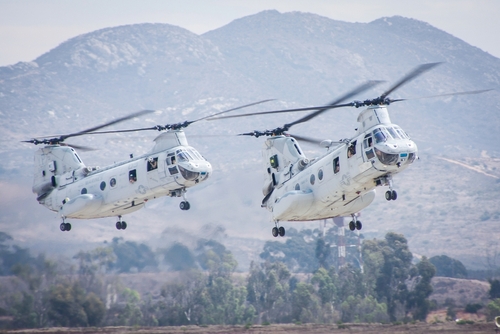The U.S. Army has temporarily halted all helicopter operations near Ronald Reagan Washington National Airport after a near-collision Thursday forced two commercial jets into emergency maneuvers. This comes just months after a deadly mid-air tragedy, and aviation experts are warning: these close calls are becoming dangerously common.
Near Miss Triggers Urgent Military Review
On Thursday, a Delta Airbus A319 and a Republic Airways Embraer E170 were forced to abort landings after an Army Black Hawk helicopter entered restricted airspace. The helicopter was en route to the Pentagon Army Hospital, but its flight path put it dangerously close to incoming civilian aircraft.
Officials at Reagan National Airport sounded the alarm, prompting immediate action. The Army’s pause will allow military and civilian authorities to reexamine their coordination procedures in one of America’s busiest and most tightly controlled airspaces.
January’s Tragedy Still Haunts D.C. Skies
This isn’t the first time a military helicopter has created havoc above Washington. In January, a catastrophic collision between a Black Hawk and a commercial jet left 67 people dead—a disaster that remains fresh in the minds of FAA officials and local air traffic controllers.
Two passenger jets were forced to abort their landings at DC's Reagan Natl. Airport after an Army helicopter was waved off its own landing and deviated from its planned route. Officials say the aircraft were not on a collision course. @morganorwood reports https://t.co/xv5ulSBaAp pic.twitter.com/n338lpUV6Y
— World News Tonight (@ABCWorldNews) May 3, 2025
That tragedy prompted a crackdown: the FAA banned all non-essential military helicopter operations near civilian airports. Only life-saving missions, law enforcement activity, or official government travel were allowed moving forward. Yet Thursday’s incident raises serious questions about how these exceptions are handled—and whether the current system is working.
Investigation Underway as Airspace Concerns Mount
Both the National Transportation Safety Board (NTSB) and the FAA have launched investigations into Thursday’s event. The Army has not clarified whether the Black Hawk flight was covered under medical transport exceptions, but any unauthorized flight would be a major breach.
How many more people need to die before the Army stops this? They can drive to the Pentagon. They don’t need helicopters; 2 Planes Abort Landings as Army Helicopter Flies Near D.C. Airport – The New York Times https://t.co/D0vXyy97Mb
— Greta Van Susteren (@greta) May 3, 2025
Experts are calling for tighter airspace coordination between military and civilian aircraft, with some suggesting permanent separation zones or altitude restrictions. For now, the Army’s decision to ground flights is being hailed as a smart and necessary step—but many are asking why it took another near-deadly incident to make it happen.

